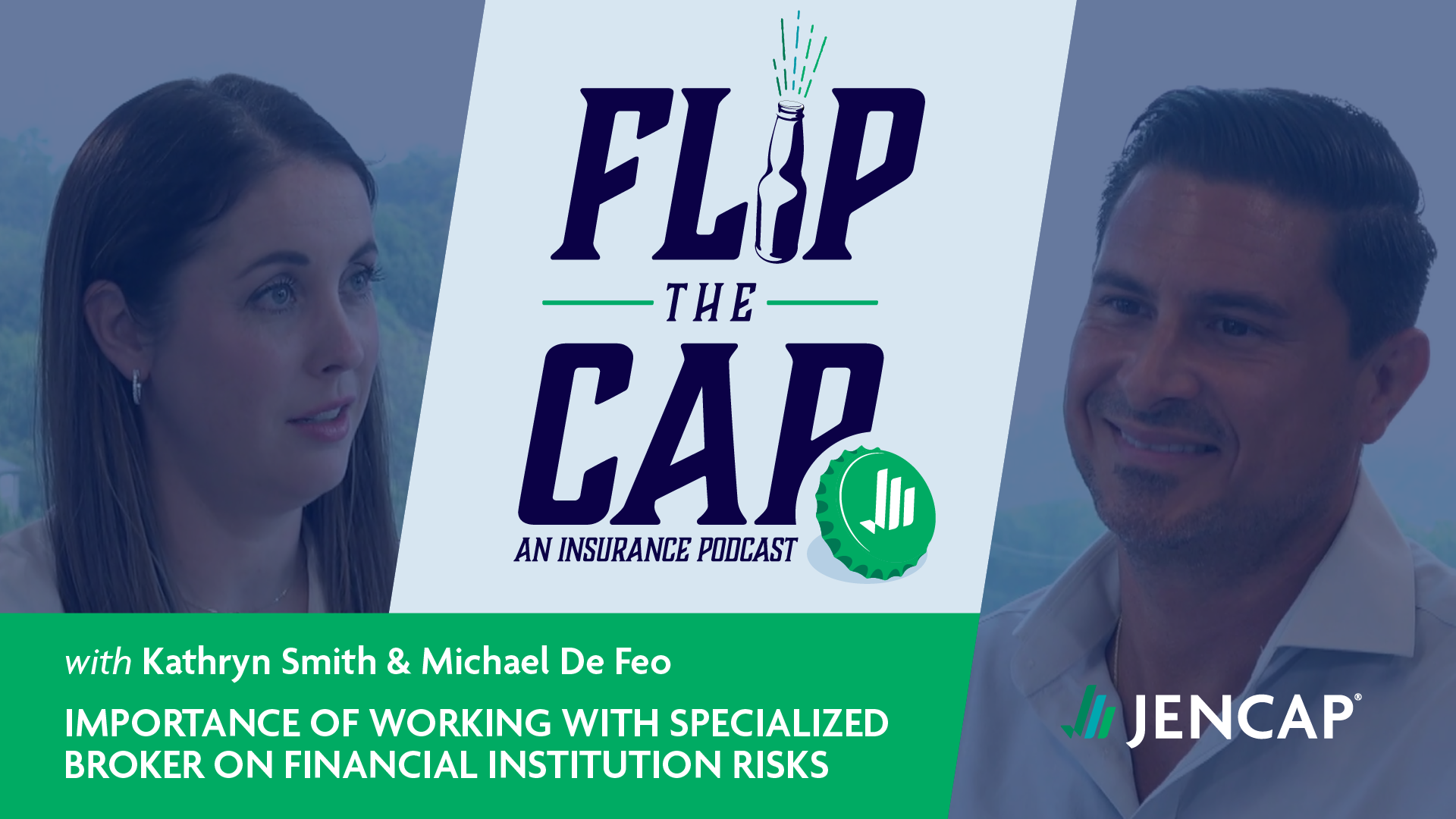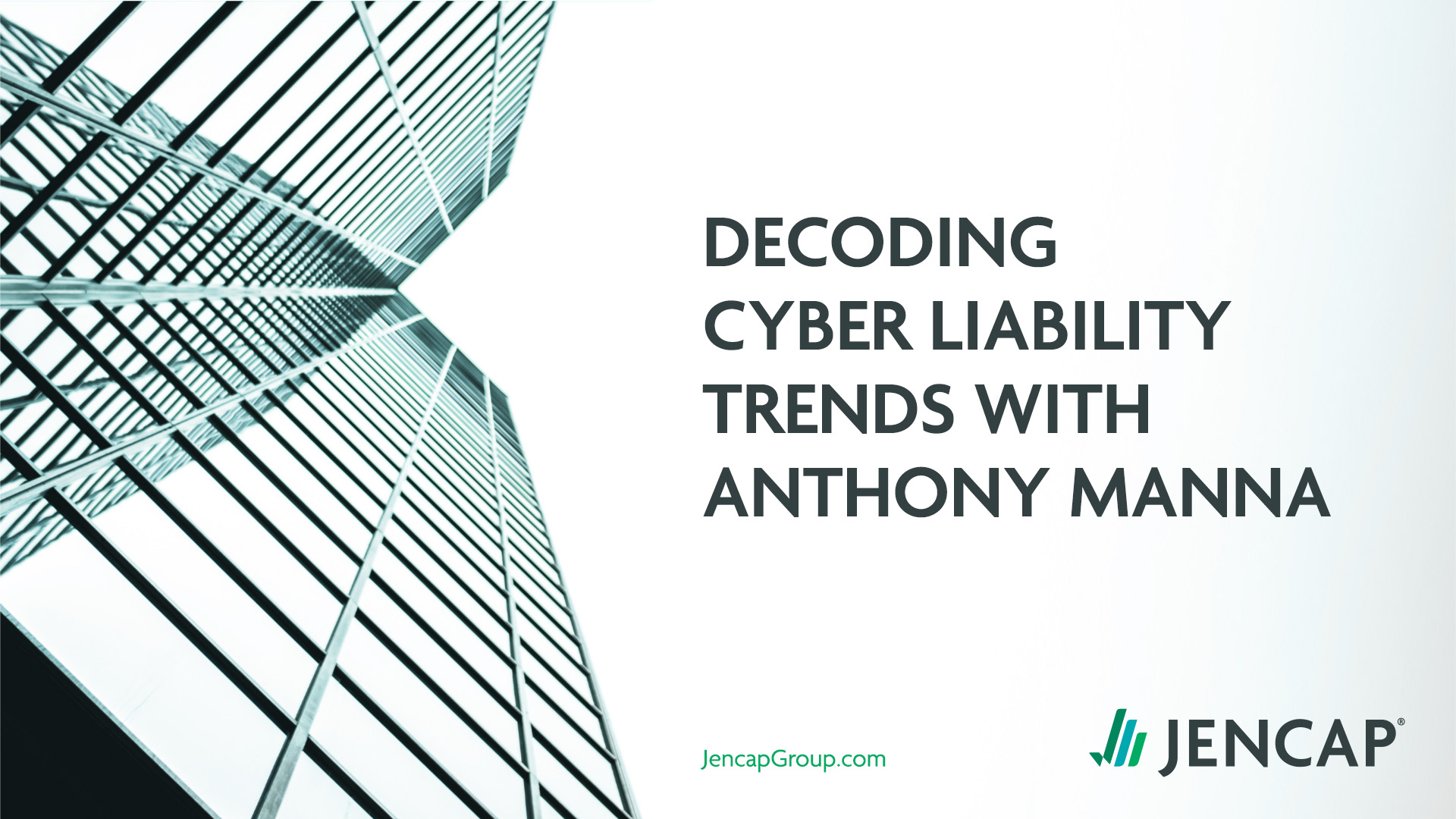In life and business, mistakes are inevitable. Some are minor and easily fixed, while others are costly and — in the most extreme circumstances — business-ending. Errors and omissions (E&O) coverage, a specialized type of professional liability insurance, is designed to protect businesses that provide professional services or advice from the damaging financial fallout of an error or mistake.
Given our litigious society, it’s important that agents stay informed about current and emerging E&O trends to guide their business clients toward the best coverage options for their needs and risk profiles. In this blog post, we will discuss some of these recent trends and how you can ensure your clients are properly protected.
Emerging E&O Trends and Claims
Within the insurance industry, risks constantly shift to reflect current social, economic, and geopolitical environments. That certainly is the case when it comes to E&O lawsuits and claims. As businesses across all industries continue to expand and evolve, they open themselves up to new risks and exposures, particularly when it comes to the services they offer clients. Some businesses, of course, have the potential for more frequent or significant errors than others simply due to the type of professional services they provide.
Here are a few of the businesses where our professional lines team at Jencap has observed significant changes in E&O claims activity in recent years:
Retail Insurance Agents
Just like any other service provider, insurance agents need to carry their own E&O insurance to protect against mistakes and coverage oversights. Retail agents have always had to take steps to protect themselves in the event that a client accuses them of providing a poor policy recommendation, failing to adequately explain coverage terms, or missing an important detail in a policy review.
“At Jencap, we’ve seen an influx of claims brought against our own retail agent partners,” says Anthony Manna, Senior Vice President of Jencap Specialty Insurance Services. “The complexity in insurance for things like cyber or D&O insurance, for example, has driven a lot of claim activity against retail brokers.”
A key reason agents are experiencing more claims to their own E&O policies has to do with how rapidly the insurance space is evolving. As the insurance landscape has become increasingly more complex and specialized, the likelihood of making a mistake has become even greater. “The generalist retailer is expected to know such a wide range of coverages — property, casualty, cyber, personal lines, etc.,” explains Manna. “It’s unrealistic for a single person to know everything about everything.”
Tech Companies
Twenty years ago, Watts Humphrey, a leading figure in software engineering, famously said, “Every business is a software business.” And while not every business owner may think of themselves in that way, it’s undeniable that there’s been a dramatic rise in companies over the past several decades that offer apps, hosting services, IT support, digital consulting services, and more. As companies expand their tech-based services, they become more susceptible to tech-related E&O risks. This could include everything from a software code error that negatively impacts a client to a breach in warranty or an unintentional copyright infringement.
Construction Professionals
The construction industry encompasses a number of different businesses and professions — architectural firms, engineers, and building contractors, just to name a few. Among these professionals, some of the most notable changes we’ve seen to E&O coverage has to do with policy premiums and pricing. Rising building costs in recent years has meant that the payouts for E&O-related claims have also gone up. Settlements and defense costs have also gone up. In turn, carriers are limiting their capacity or raising premiums (or both) for E&O coverage, forcing construction-related businesses to pay more for the same coverage they had just a few years ago.
Real Estate Companies
The scope of real estate business has seen a dramatic change in recent years. It’s not uncommon for real estate companies to do far more than sell property — they may also engage in developing and managing properties. The more complex and sophisticated a real estate company’s business operations are, the more opportunity they have for professional liability risks, including E&O exposures. Expanding business operations to include property development or management may be a great way to expand revenue streams and grow a business, but if a real estate company’s E&O policy doesn’t account for these new activities, they could find themselves severely under-insured and surprised when a claim they think will be covered gets denied.
Your Clients Rely on You; You Can Rely on Jencap
Staying informed about current professional liability trends, understanding industry-specific exposures, and staying up to date on risk management practices are all necessary to providing comprehensive E&O coverage for your clients. They’re also critical to protecting your business and avoiding claims to your own E&O policy. But no agent should be expected to do this alone. “It’s okay not to know everything and to partner with someone who better understands the areas you don’t,” reassures Manna.
By partnering with experts like Manna and other professional lines brokers at Jencap, retail agents can rest easy that they’re always one step ahead of emerging business risks and trends and providing the best E&O solutions to their clients. “Our professional lines team takes the time to really understand every risk that comes across our desk,” explains Manna, “We closely analyze the services that the business provides, so we can work with our retail agents to find comprehensive coverage that’s tailored to the business’s specific activities and needs.”
For more information about Jencap’s professional lines solutions, including errors and omissions insurance, contact one of our experts today.



















































